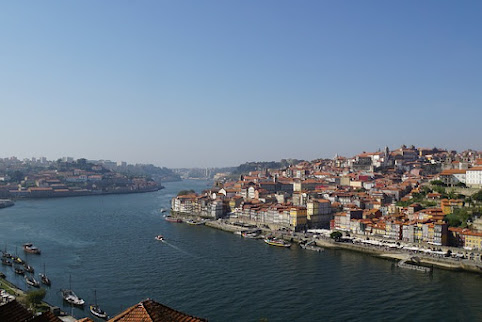When you travel to Europe on
Jewish heritage tours, one of the lessons that you will immediately learn is that World War II was a dark time for the Jewish people. But despite this, many heroes emerged from the darkness to give light and hope to their fellow Jews. One such hero was Fredy Hirsch.
Alfred Fredy Hirsch (born February 11, 1916, Aachen - March 8, 1944,
Auschwitz) was a Jewish educator, athlete and Zionist. He supported the
thousands of children in the Terezín Ghetto and the Auschwitz-Birkenau
concentration camps until his death.
Fredy was born in February 11, 1916 in German Aachen to a German emancipated Jewish family. His father died when he was only 10 years old. From early childhood he was an athlete and a scout. He worked in the Jewish societies Makabi Hacair and Jüdischer Pfadfinderbund Deutschland (German Jewish Scout Movement).
After Hitler's entry into power in 1933, part of his family managed to emigrate to Bolivia while Fredy stayed in Germany and began engaging in a Zionist movement aimed at getting as many Jews into Palestine as possible. He worked in Düsseldorf and Frankfurt am Main until he was forced to emigrate to Czechoslovakia in 1935.
In Czechoslovakia, he participated in Zionist movements, sports education and youth work and preparation for travel to the "Promised Land". He worked mainly in Prague, Brno and Ostrava. He has led various Scout camps, but has also trained with children and theaters and various cultural performances. After the Nazi occupation of the Czechoslovakia and the introduction of discriminatory measures, the Jews were forbidden to stay in public spaces. One of the few exceptions in Prague-Strašnice was the Hagibor course (Hebrew for "Hero"), where Hirsch organized an oasis of "normal" life for the discriminated Jewish children.

On December 4, 1941 Fredy was sent by the Aufbaukommando II together with two dozen workers of the Jewish community to the Ghetto in Theresienstadt. They were to prepare the 18th Century fortress town for the incoming Jewish transports from all over Europe.
He actively participated on the education of children between 5 and 15 years of age, leading PE activites, scavenger hunts, chidlren’s theatre and helped to publish children’s daily magazine Vedem (“We lead”). Freddy was a publicly known figure in the ghetto. He was beloved by all the children and respected by the Germans for his “Aryan” manners, tall, muscularly, athletic figure, his modern fashion and the polished, shiny boots he always wore.
Fredy Hirsch was sent to the Auschwitz-Birkenau concentration camp on September 6, 1943, in the so-called Terezín family camp. Thanks to his confident performance and courage, he even respected some SS members, even though he was both a Jew and a homosexual. In Auschwitz he managed to establish a children's block for about 500 children. As soon as the resistance movement in the camp began to receive information that all Jews from the September transports were to be gassed, Hirsch was identified as the leader for a possible uprising.
On March 7, 1944, 3791 men, women and children had been transferred from a family camp to a quarantine camp (BIIa) to the Auschwitz resistance movement Rudolf Vrba to contact Hirsch. He tried to convince him of the need to instigate a rebellion, to which the members of Sonderkommando would join in.
On the morning of March 8, Vrba reunited with Hirsch and confirmed to him that the liquidation of the Jews from the September transports in the gas chambers was certain. Fredy Hirsch took an hour to think, and when Vrba returned, he found him dying of poisoning. Dr. Kleinmann (a French Jew of Polish descent) told Vrba that he was probably poisoned by barbiturates. He was later cremated that evening in the Birkenau crematorium, along with the thousands more dead people from the Terezin camp.
The circumstances of Hirsch's death are not yet fully clarified. Some Holocaust survivors who personally knew Hirsch deny the version of suicide.
Fredy's homosexuality was known to many people in Theresienstadt and in Auschwitz, and was notable considering the prejudice towards homosexuals at that time. Despite this, his actions in the face of great despair was admired by many to this day.









































